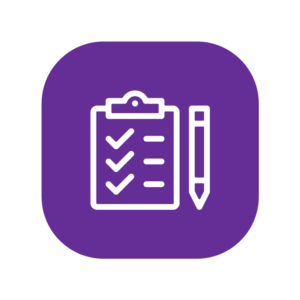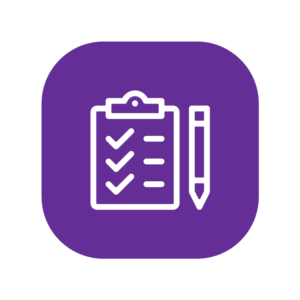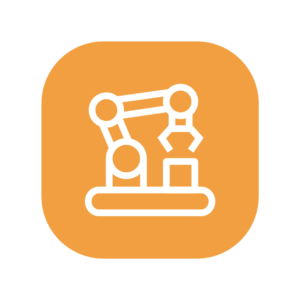Task Patterns
Learning tasks are designed to be carried out by students in order that they can engage in the respective learning experiences that are expected to bring about the intended learning outcomes. A task pattern includes a description of the key purpose for assigning the specific task, as well as recommended task settings such as the time duration, mode of delivery (e.g. synchronous/asynchronous, online/face-to-face/hybrid), the social organization (whole class, group, individual), the tools and resources needed.
Click to select and view the pattern design for different levels of learning design
Showing 1–12 of 21 results
-
Presentations, Performance Illustrations
Asynchronous presentation for sharing deliverables from productive learning tasks
-
Presentations, Performance Illustrations
Synchronous presentation for sharing deliverables from productive learning tasks
-
Construction: Tangible / Manipulable Artifacts
Product creation for developing skills and applying knowledge
-
Construction: Conceptual / Visual Artefacts
Academic writing
-
Exploratory Learning
VR to provide enhanced learner experience
-
Explorations through Conversation
Asynchronous online discussion
-
Explorations through Conversation
Synchronous discussion
-
Exploratory Learning
Conduct experiment to collect data for an inquiry
-
Exploratory Learning
Conduct online search to address learning needs













